Among the lesser-known but incredibly valuable fruits of the world, mulberries occupy a special place. These soft, sweet, and mildly tart berries are celebrated not only for their flavor but also for their deep cultural roots, medicinal properties, and importance in silk farming. Despite being overshadowed by globally famous fruits like strawberries and grapes, mulberries are making a quiet resurgence in global health markets thanks to their superfood status and versatile uses.
But where does the world get most of its mulberries? Which countries dominate the production, and how has this humble fruit become a staple in traditional agriculture and modern health-conscious diets? In this article, we’ll explore the global journey of mulberries — from ancient orchards to international markets.
A Brief Introduction to Mulberries
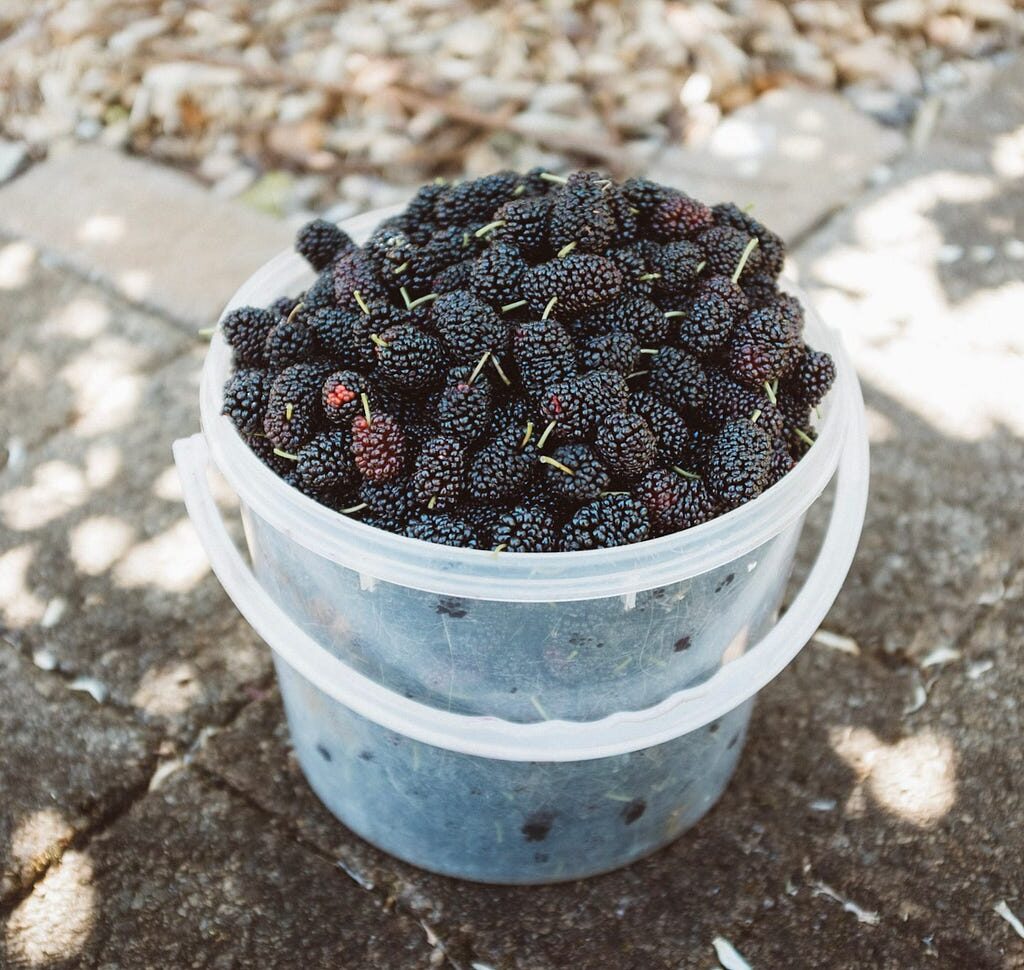
Mulberries belong to the genus Morus, with over 15 identified species growing across Asia, Europe, the Middle East, Africa, and the Americas. The most common commercial varieties include:
- White Mulberries (Morus alba) — native to China, primarily grown for silkworm feeding.
- Black Mulberries (Morus nigra) — native to Western Asia, known for their rich, sweet flavor.
- Red Mulberries (Morus rubra) — native to North America, popular in home gardens.
Beyond their culinary appeal, mulberries are lauded for being rich in vitamin C, vitamin K, iron, potassium, and powerful antioxidants like anthocyanins, which give them their vibrant colors.
Global Cultivation of Mulberries
Mulberries thrive in warm, temperate, and subtropical climates with rich, well-drained soils. They can be grown both in wild and cultivated conditions, with certain countries developing large plantations for both fruit and leaf harvesting (the latter essential for silk farming).
While mulberries are grown in several parts of the world, only a few countries contribute significantly to global production. These countries are largely located in Asia, the Middle East, and parts of Southern Europe.
Where Does the World Get Most of Its Mulberries?

Let’s explore the major mulberry-producing countries and see why they lead in global supply:
China — The Largest Global Supplier
China is by far the largest producer of mulberries in the world. Historically, the fruit has been a cornerstone of Chinese agriculture, dating back over 4,000 years. Mulberries were initially cultivated for silk farming, as silkworms exclusively feed on mulberry leaves, but their sweet berries have long been enjoyed fresh, dried, and in traditional medicine.
Why China Leads:
- Favorable Climate: China’s warm, humid climate is ideal for mulberry cultivation.
- Silk Industry Demand: The thriving silk industry ensures widespread mulberry farming for leaves, with fruit production as a valuable secondary crop.
- Cultural and Medicinal Importance: Mulberries are a traditional remedy for boosting immunity and aiding digestion in Chinese herbal medicine.
Key Growing Regions: Zhejiang, Jiangsu, Guangdong, Sichuan, and Hunan provinces.
Contribution: Estimated to account for 60–70% of global mulberry production.
India — A Major Producer for Silk and Food
India ranks second globally in mulberry production. Like China, its primary association with the fruit is tied to the sericulture (silkworm farming) industry, particularly in states like Karnataka, Tamil Nadu, Andhra Pradesh, and West Bengal. However, mulberries are also widely consumed as a seasonal delicacy and used in local jams, syrups, and desserts.
Key Growing Regions: Karnataka is India’s leading mulberry-growing state, producing more than 50% of the nation’s crop.
Contribution: Estimated between 120,000–180,000 metric tons annually.
Turkey — Famous for Black Mulberries
Turkey is well known for its production of black mulberries (Morus nigra), especially in the Aegean, Mediterranean, and Anatolian regions. Turkish mulberries are traditionally used in:
- Fresh eating
- Dried fruits
- Mulberry molasses (pekmez)
- Traditional desserts and sherbets
Why Turkey Is a Key Player:
- Ideal Growing Conditions: Turkey’s Mediterranean climate supports lush, productive orchards.
- Cultural Significance: Mulberries have been part of Turkish cuisine and traditional remedies for centuries.
Contribution: Estimated around 80,000–100,000 metric tons annually.
Iran — Ancient Cultivation Traditions
Mulberries, called “toot” in Persian, are an important seasonal fruit in Iran. Historically, mulberry trees have been cultivated in Iran for both silkworm farming and fruit consumption.
Primary Uses:
- Fresh or dried snacks
- Accompaniment to tea
- Syrups and traditional sweets
Contribution: Between 50,000–70,000 metric tons annually.
Pakistan — A Local Staple
In Pakistan, mulberries flourish in the northern regions of Gilgit-Baltistan, Swat, Punjab, and Kashmir. The country produces both black and white mulberries, primarily for local markets and household consumption. Fresh mulberries are enjoyed in season, while dried varieties are used as snacks and in traditional medicine.
Contribution: Estimated 20,000–30,000 metric tons annually.
Global Mulberry Production Overview
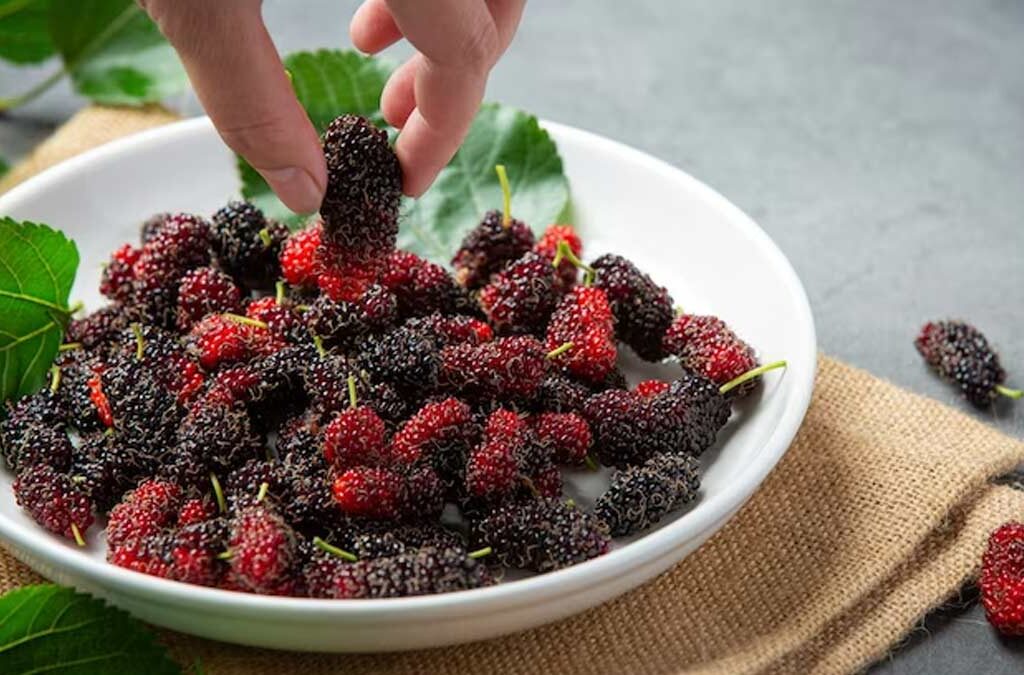
| Rank | Country | Estimated Annual Production (Metric Tons) |
|---|---|---|
| 1 | China | 600,000 – 800,000 |
| 2 | India | 120,000 – 180,000 |
| 3 | Turkey | 80,000 – 100,000 |
| 4 | Iran | 50,000 – 70,000 |
| 5 | Pakistan | 20,000 – 30,000 |
Where Are Mulberries Exported?
Though fresh mulberries are highly perishable and difficult to transport long distances, dried mulberries and mulberry-based products (like jams, syrups, and teas) are popular export commodities.
Major Importers Include:
- United States
- Germany
- United Kingdom
- United Arab Emirates
- France
- Japan
- Australia
China, Turkey, and Iran are the primary exporters of dried mulberries, with niche health food and specialty markets in Europe and North America showing increasing demand.
Why Is the Demand for Mulberries Growing?
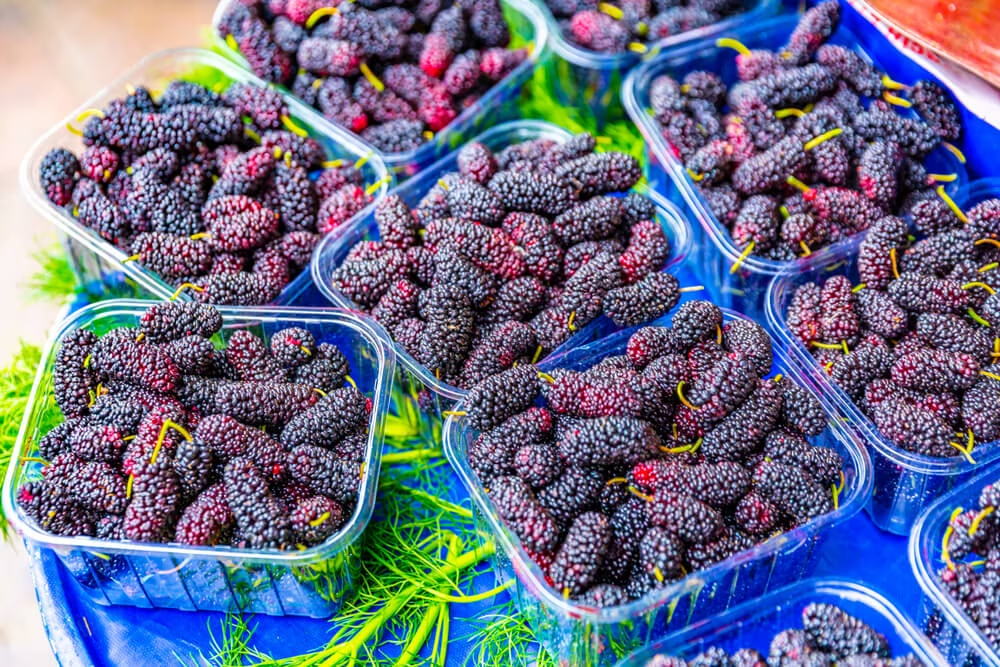
Several factors are contributing to the rising demand for mulberries globally:
- Nutritional Value: Rich in antioxidants, vitamins, and minerals.
- Superfood Trend: Recognized as a natural remedy for boosting immunity, aiding digestion, and supporting heart health.
- Culinary Versatility: Used fresh, dried, in desserts, beverages, syrups, and even wines.
- Cultural Appeal: An integral part of culinary traditions in Asian and Middle Eastern cuisines.
Challenges in Global Mulberry Trade
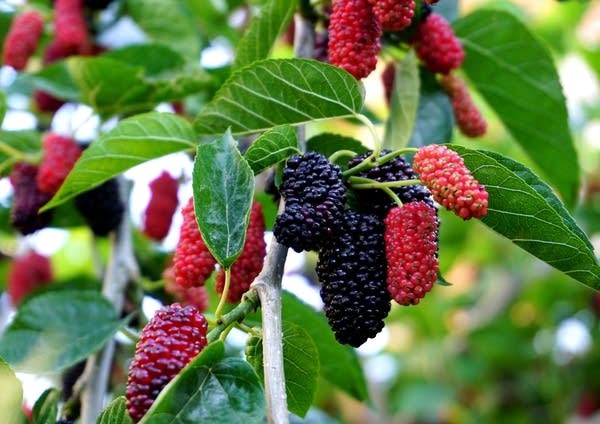
Despite growing interest, mulberries face a few challenges:
- Short Shelf Life: Fresh berries spoil quickly, limiting international trade.
- Climate Dependency: Requires warm, frost-free growing conditions.
- Pest and Disease Vulnerability: Susceptible to leaf spot diseases and pests affecting fruit yield.
Conclusion: Where Does the World Get Most of Its Mulberries?
In conclusion, the world gets the majority of its mulberries from China, followed by India, Turkey, Iran, and Pakistan. Among these, China not only leads in total production but also boasts the most extensive history of mulberry farming, particularly due to its vital role in the silk industry.
As awareness of mulberries’ health benefits spreads, along with demand for exotic superfoods, the global market for dried mulberries and derived products is expanding. Though limited by its perishability as a fresh fruit, mulberry’s diverse applications in cuisine, medicine, and wellness products promise a bright future in global agriculture.

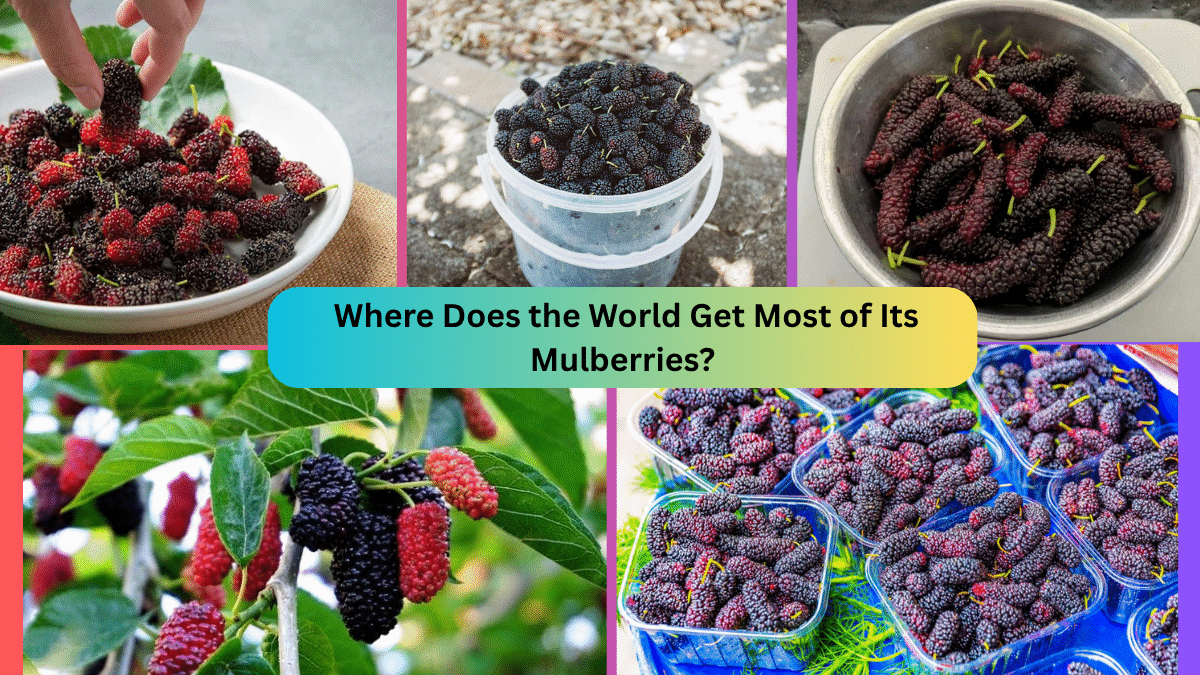




Leave A Comment